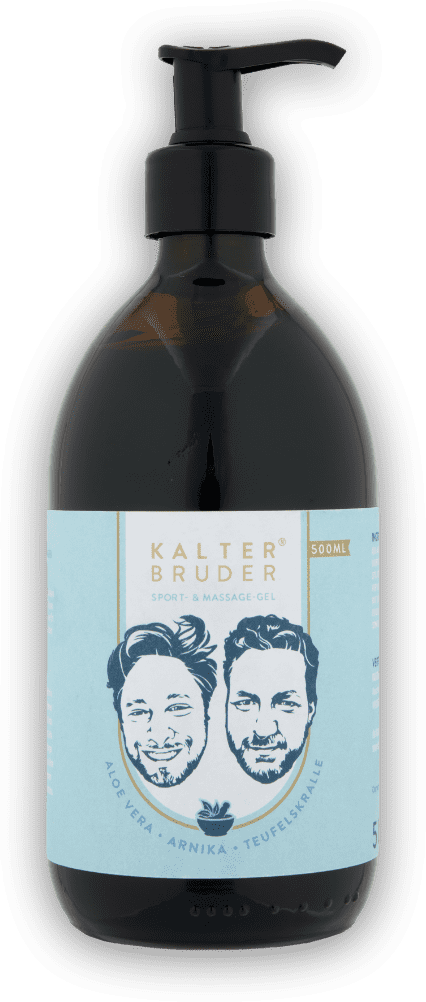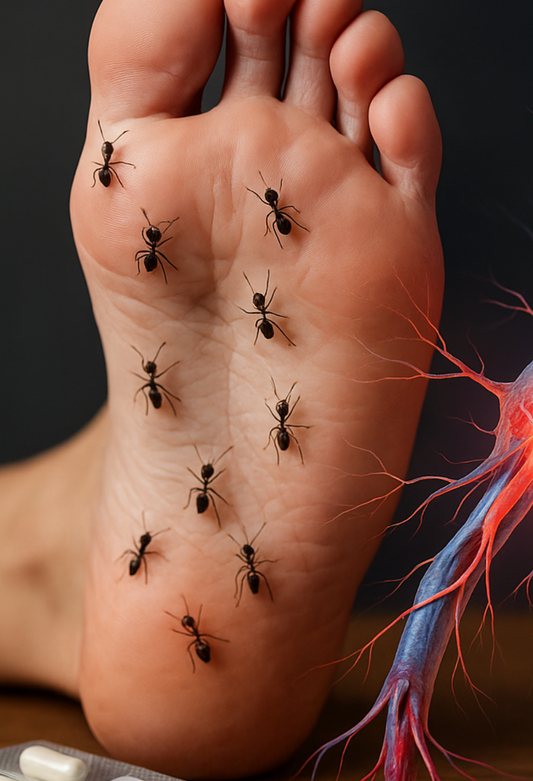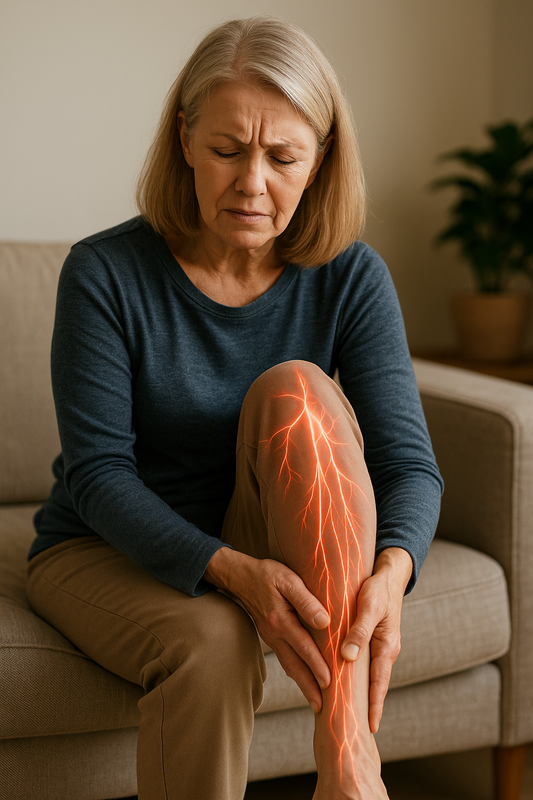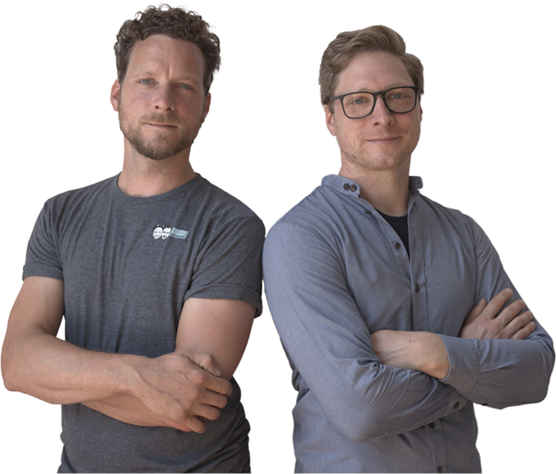Why it's important (and healthy) and how to teach yourself.
Imagine someone asks you for a favor that you don't really want to do, and without thinking too much, you just say "yes." Even though you already know that you will be stressed or frustrated later, you find it difficult to say "no." Does this sound familiar? You are not alone. Many people find it difficult to set boundaries and say "no" - even though in many ways it is liberating and even healthy. But why is that? And how can you learn to say "no" without feeling guilty?
In this article, you will learn why it is so important to say "no" sometimes, what happens inside us when we don't, and how you can learn step by step to apply this valuable skill in your everyday life. You will see: A "no" can help you to have more freedom, less stress, and ultimately a healthier life.
Why is it so difficult to say “no”?
The process of saying "no" may seem simple at first glance, but there are often deeper psychological mechanisms behind it. Many people feel that they will disappoint or even hurt others if they do not agree. This leads us to sacrifice our own well-being for the sake of others' wishes.
If you want to say "no" but are blocked internally, fear of rejection often plays a decisive role. Studies show that around 65% of people say that they tend to say "yes" when they would rather have said "no" out of fear of negative reactions and the opinions of others (Journal of Behavioral Psychology, 2020). This fear leads us to think that saying "no" would make us seem rude or selfish. Some fear that their relationships will suffer. This fear is particularly pronounced in people who make their identity or self-worth highly dependent on the approval of others.Another important point is what is known as social conditioning . From a young age, we learn that it is good to be helpful and to meet the expectations of others. Saying "no" is often perceived as negative. Some researchers believe that over time, our brains are actually trained to perceive approval as a reward. This habit of saying "yes" often persists into adulthood and is particularly strong in people who have low self-esteem.
The psychological consequences of suppressed “no’s”
If you constantly say "yes" when you really want to say "no," you will accumulate more and more frustration inside. In the long term, this can lead to serious mental and physical problems. Studies show that people who permanently suppress their own needs are at higher risk for chronic stress and burnout (American Psychological Association, 2019). This stress can affect the immune system, worsen sleep quality, and even lead to an increase in blood pressure. According to the American Psychological Association, there is a clear link between stress resulting from taking on too much responsibility and health problems such as cardiovascular disease.
In addition, suppressing your own desires can lead to resentment towards other people. This resentment often arises unconsciously because you feel that others are taking advantage of your willingness to help. But in reality, it is you yourself who is allowing yourself to be overwhelmed by constant approval. This dynamic can lead to tensions in your relationships in the long term.
Types of people: Who finds it easy to say “no” and who finds it difficult?
Some people have a particularly hard time saying "no," while others seem to be able to set boundaries effortlessly. Harmony-seeking people tend to put their own needs aside to avoid conflict. According to a 2020 survey by the Journal of Behavioral Psychology , around 70% of respondents said they have difficulty saying "no" because they are afraid of disappointing others or causing conflict.
Another profile of people who often have difficulty saying "no" are those who rely heavily on external validation. These people are strongly influenced by the opinions of others and have low self-esteem. For them, saying "no" feels like a risk to their relationship or social status.
In contrast, there are people who find it easier to say "no". They tend to have strong self-confidence and are less influenced by the opinions of others. Studies suggest that around 30% of people have a healthy relationship with their own needs and find it easier to clearly communicate their boundaries (Society for Personality and Social Psychology, 2018). They understand that saying "no" is not an expression of selfishness, but a form of self-care.
How to learn to say "No" step by step
The good news is that you can learn to say "no"! It's a process that not only helps you maintain your boundaries, but also strengthens your self-esteem. Here are some steps that can help you practice this skill in everyday life:
1. Start with small steps: It is completely normal to find it difficult to say "no" at first. Therefore, start with everyday, less critical situations, such as small requests from colleagues or acquaintances. A polite "no" shows you that it does not have catastrophic consequences. Some researchers assume that small successes in saying "no" strengthen self-confidence and decision-making ability in the long term (Journal of Social and Clinical Psychology, 2017).
2. Set your priorities clearly: To be able to say "no," you must know your own needs and priorities. Take time to think about what is really important to you and set clear boundaries. If you receive a request that does not fit into your priorities, remind yourself that you have the right to refuse. A 2019 study showed that people who regularly reflect on their priorities are more likely to be able to say "no" confidently (National Institutes of Health, 2019).
3. Make your "no" clear but friendly: You don't have to be rude when you say "no." Practice how to say no politely but firmly. For example, "That doesn't fit into my schedule right now" or "I'd like to help, but I'm too busy right now." Friendly but clear communication shows others that you are respectful but also self-determined.
4. Practice letting go of guilt: Saying "no" can initially trigger feelings of guilt, especially if you're used to always saying yes. It's important to understand that you're not being selfish when you take care of yourself. According to some researchers, constantly taking on tasks out of a sense of obligation can lead to burnout, which isn't good for you or anyone else (World Health Organization, 2019). Letting go of guilt is a process that requires patience—but it's worth it.
5. Build self-confidence: Building your self-confidence is the key to learning to say "no." People with strong self-esteem know that their boundaries are important and that they have the right to stand up for themselves. Regularly reflect on your successes to show yourself that you are capable of respecting your own needs.
Conclusion: Saying “no” is healthy – for body and mind
Saying "no" is not only a valuable social skill, but also a form of self-care. It protects you from overload and emotional stress while also boosting your self-confidence. Constantly saying "yes" can be harmful in the long run - it increases the risk of chronic stress and can even promote physical illness. That's why it's so important to recognize and assert your own needs.
Remember: a "no" is a "yes" to yourself. By learning to consciously say no, you give yourself the space you need to stay healthy and happy. Start small, practice regularly, and realize that you are not obligated to anyone to push your boundaries - except yourself.















